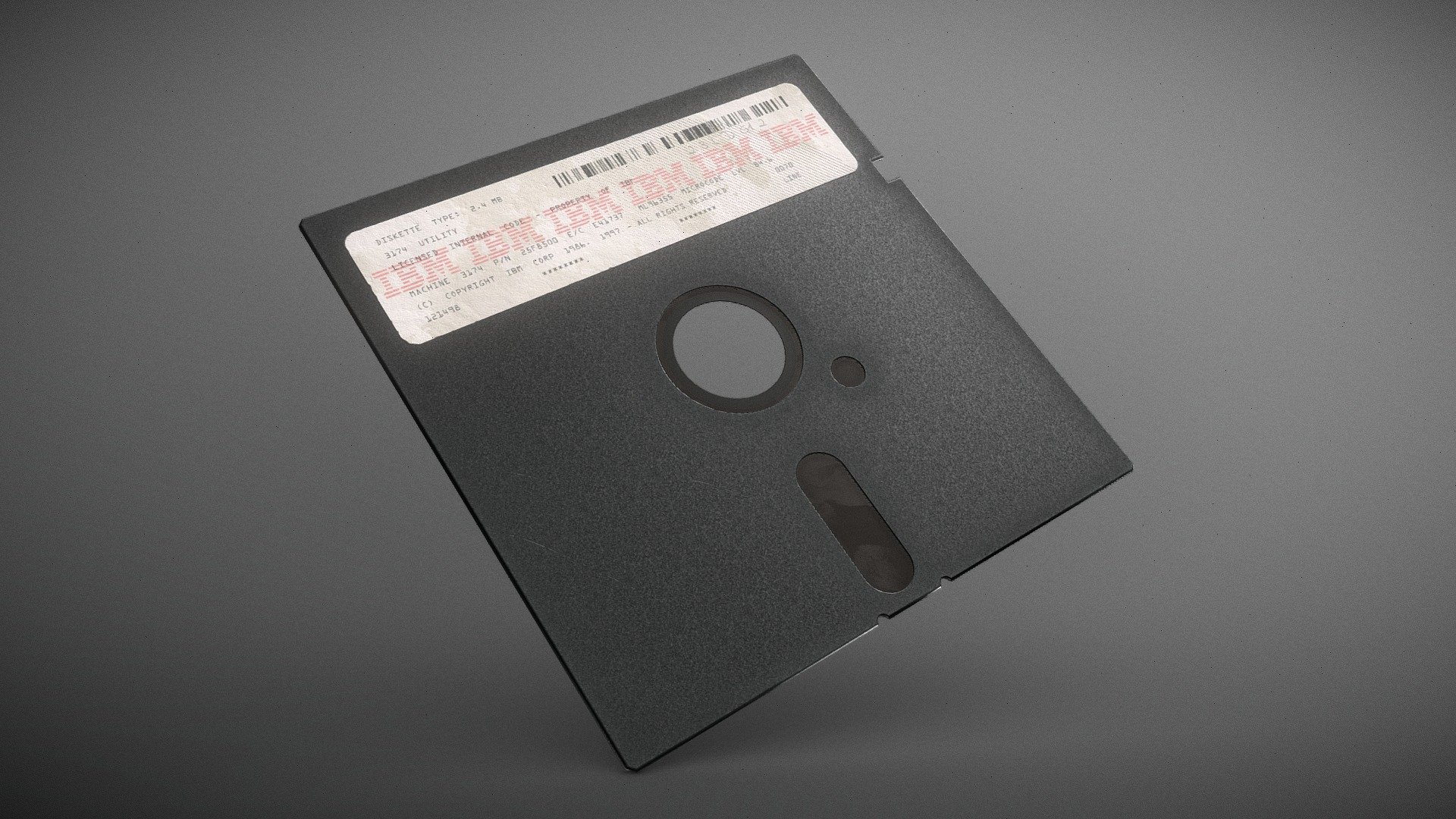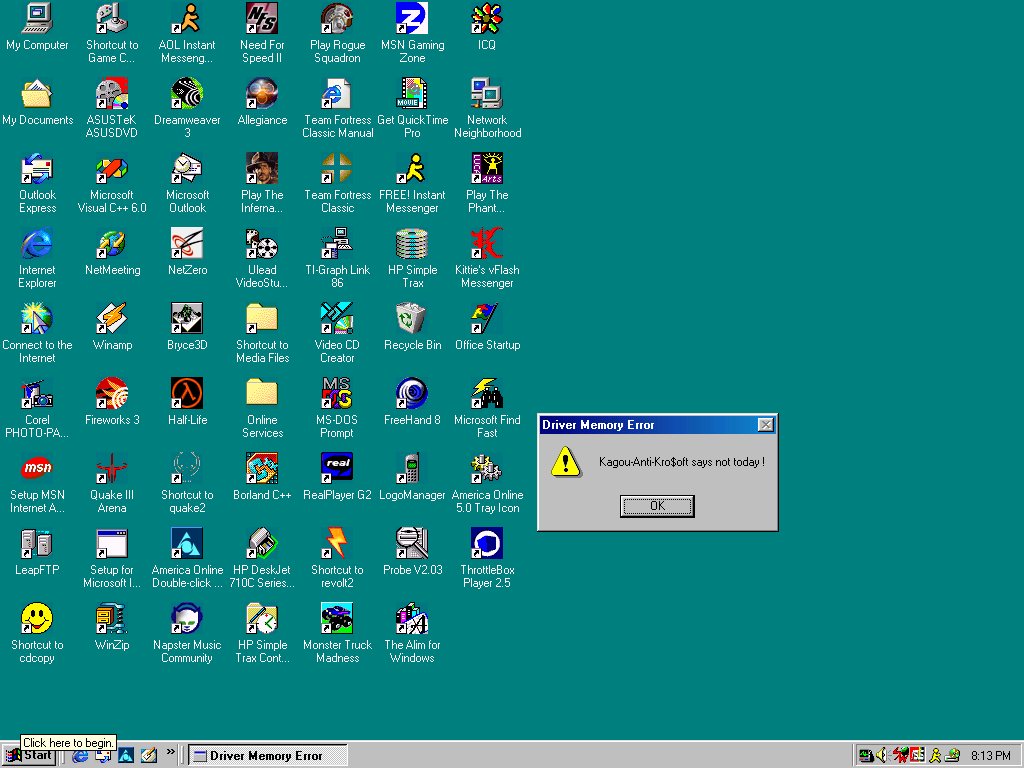The First Click: How a Rubber Ball in a Windows 95 Mouse Defined My 20-Year Journey in Tech
My journey in tech began 20 years ago, driven by a simple question: ‘How can this be better?’ That relentless pursuit of perfection now defines my work, delivering meticulously engineered web platforms that are built for speed, designed for growth, and ready for the future.
Schedule a Free Performance AuditLet’s find out how fast your site could truly be.
Every developer has an origin story. Mine doesn’t begin with a line of code or a sleek laptop. It begins with the satisfying *thunk* of a drive latch and the whirring sound of a 5.25-inch floppy disk. It’s a story about curiosity, and it started long before the internet arrived in my city.
Prologue: The Floppy Disk Ritual
Before 1996, sometime around the 7th grade, my first interaction with a computer was a ritual of pure mechanics. I’d walk to a neighboring microdistrict for some computer courses, the details of which are now lost to time. What I remember vividly are the machines themselves—likely clones of the IBM PC XT/AT—and the physical media: large, genuinely floppy 5.25-inch disks.
“The computer wasn’t a world to explore; it was a tool that executed a single command from a physical object. It was fascinating, but it was finite. The disk contained the entire universe of what was possible.”That was my understanding of computers then: powerful, single-task machines that required a specific ritual to operate. This early experience, though brief, set the stage for the moment everything would change. It was the baseline against which I would measure the revolution that was to come.
1996: A New Universe Appears
Fast forward a few years. My 8th-grade classroom in Kharkiv felt a world away from those focused, ritualistic computer sessions. It was a place of controlled chaos, a mix of troublemakers and a couple of diligent students who hadn’t secured a spot in a more “civilized” class. School lessons were a blur of abstract theories that felt disconnected from reality. Then, a flyer for computer courses at the GAK near Pushkinskaya metro station appeared. This time, the promise was different. The name on the course was not a command or a program. It was a world: **Windows 95**.A Snapshot of 1996 Tech:
- Operating System: The revolutionary Windows 95, with its “Start” button and graphical user interface (GUI).
- Standard RAM: 8-16 Megabytes (not Gigabytes).
- Hard Drive: A “massive” 500 MB to 1 GB, making floppy disks less necessary for running programs.
- Internet: A mysterious, slow, and expensive dial-up world, not yet a household utility.
The Gray Rubber Ball and the Logic of Interaction
As the instructor began his introductory speech, the rest of the class listened attentively. My attention, however, was elsewhere. My hand was already on the mouse, its plastic cool against my palm. The cursor, a white arrow, was gliding across the vibrant teal background. My first instinct, born from my experience with physical media, was to understand the mechanics. I flipped the mouse over. A small panel twisted off, and out rolled a smooth, dense, gray rubber ball.
For a few moments, I was mesmerized. I rolled the mouse on its pad, imagining the ball spinning inside, its movement translated by two perpendicular rollers into X and Y coordinates on the screen. It was a beautifully simple mechanical solution to a digital problem. It wasn’t magic; it was engineering. And unlike the opaque commands of DOS, this made perfect, tangible sense.
No one had to tell me to click the buttons. They were there, therefore they had to be clicked. Left click. Right click. A click on an empty space. A click on an icon. Each action yielded a reaction—a menu, a properties window, a list of options. It was a conversation. The computer was presenting its rules, and I was learning the language through pure, unguided exploration. This was freedom.Exploration vs. Instruction
While I was busy creating folders, naming files, and discovering the treasure trove of applications hidden within the “Start” menu, the instructor was still patiently guiding the other students through the process of… creating a single folder. The ambient noise of the room was the teacher’s voice, punctuated by the “clicks” of my classmates, as he scurried from desk to desk, troubleshooting.“It felt like I was being asked to learn how to walk, one painful step at a time, when my instincts were already telling me to run. The system was intuitive. It invited experimentation, and I accepted the invitation without hesitation.”I had already explored everything that felt safe to touch. I wrote a few lines in WordPad, scribbled in Paint, and methodically opened every program in the “Accessories” folder. The things that looked “scary”—system settings, control panel applets—I left alone, waiting for the lesson to catch up with my curiosity. The two weeks (or was it just one? time blurs) flew by in a sequence of discoveries, each one building on the last.

The digital playground: Windows 95 was more than an OS; it was a world to be explored.
The End of the Beginning
On the final day of the course, an announcement was made. A new course was starting, a follow-up to this one. The topic was a single, mysterious word that held the promise of a world far beyond our classroom, a world that would connect all these machines together.The Internet.
Of course, I was the first to sign up. The journey into the logic of a single machine was over. The journey into the logic of a global network of machines was about to begin.To be continued in Part 2 of “My 20-Year Journey in Tech”…
